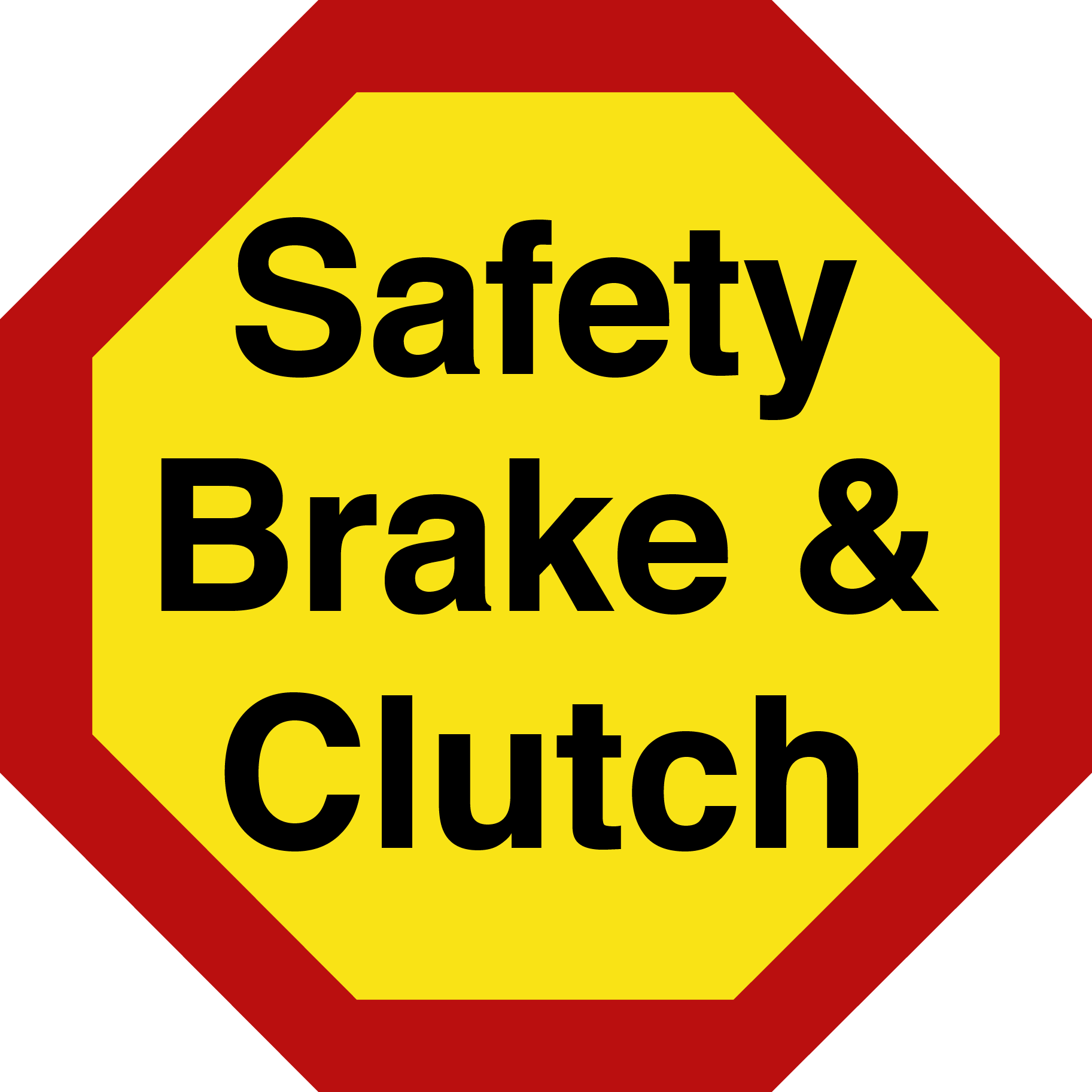We are all aware of how important it is to brake safely – yet we often fail to pay enough attention to the condition of our brakes! This is an important part of effective vehicle maintenance.
If you do not feel comfortable with your mechanical skills, it may be best to have a professional to check your brakes and to install new parts. Working on your brakes is not the time to test your mechanical abilities. If your brakes are installed incorrectly or worn and the condition thereof not assessed correctly they may fail and cause a severe accident.
Brakes are pretty much the most important safety device on your car. Inspecting your brakes at least twice a year for wear and damage can protect you and your passengers while saving you money by catching any damage before it becomes too costly.
You are often able to inspect the brakes without even removing the wheel. If your car has alloy wheels with spaces in the middle, you can get a proper assessment done by just peeping through the hole! Whether you can peep through your wheel or you have to take the wheel off, be sure you have a clear view of the brake pads and the big shiny disc.
You may start by inspecting the disc first. It should be shiny from the inside to the outer edge, and fairly uniform. Do not be too concerned if you can see slight lines in it as this is normal wear. However, if there are any rough spots or pronounced grooves in the disc, you should replace your brake discs. Brake discs should always be replaced in pairs so that your car’s driveability and safety are not compromised.
Now take a look at the Brake pads. You’ll have to peek up to see them, but if you follow the surface of the disc to the top, you’ll see the outside pad touching the disc. Brake pads must be replaced when the thickness of the friction material is at 2mm thick, or when uneven wear is evident on the brake pads.
Finally, take a look at your brake lines. Rubber coated lines should be soft and supple, not cracked and rigid. If you see cracks in flexible brake lines they will need to be replaced. Also be sure to inspect the hard, metal lines.

